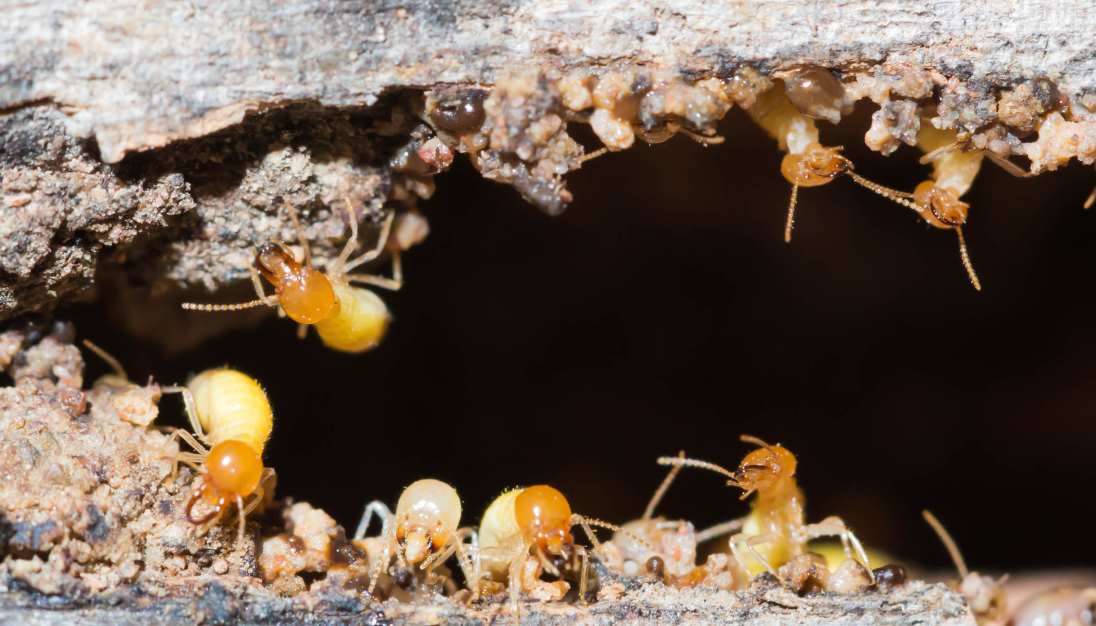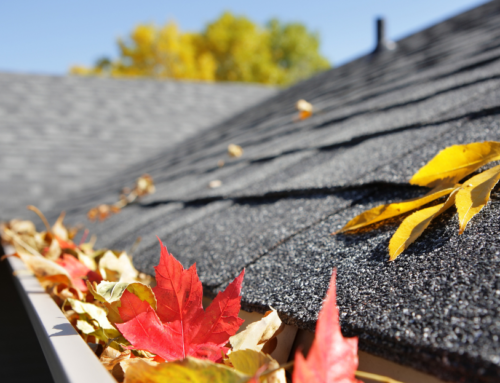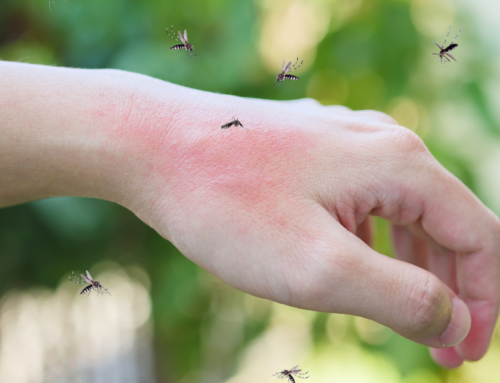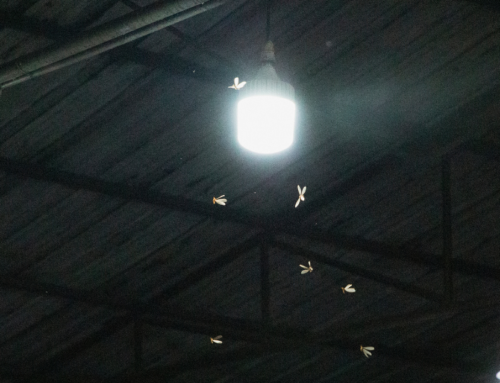Termite swarming happens when a termite colony matures and starts producing reproductive adults called “swarmers” or alates. These winged termites will leave their colony to find mates and form new colonies.
Most termite colonies produce hundreds or thousands of alates (hence the term “swarmers”) so enough of them will survive to reproduce. Termite swarmers are easy prey to birds and other insects because they don’t actually fly very well. Ultimately, only about 10% of the original swarm will survive to create new colonies. Which is still way too many termites.
Colonies usually produce swarms once a year. Eastern subterranean termites typically swarm on a warm day in the spring after it has rained. The damp soil makes it easier for them to build nests, and they thrive in higher humidity. Dampwood termites swarm in the summer, and drywood termites will swarm in late summer or early fall.
The swarm launches usually happen over the course of a few days, with the largest group leaving on the first day. As the swarms leave the colony, the alates pair up with a mate (from the original colony or another), shed their wings, and look for a place to start a new nest.
Are They Termites?
If you find a termite swarm in or near your house, you might confuse them with winged ants at first. But there are a few ways to tell them apart. Termite swarmers have four wings total that are all the same size, while ants have larger front wings and smaller back wings. Termite swarmers have straight antennae, and their bodies don’t have a discernible waist, while ants have bent antennae and an obvious narrow waist bisecting their bodies.
One termite swarmer around your home doesn’t necessarily mean you have a termite problem since they’re easily blown around in the wind. But if you find a swarm inside your house, looking for a way out near lights and windowsills, there’s a good chance you’ve got an infestation.
Drywood termites produce much smaller swarms than other termite types — typically less than 100 swarmers — so you may not see the swarm, but you might see termite wings near your window sills afterward.
Token Termite Tip-Offs
Other evidence of a termite infestation might include:
- Drywood termite droppings near windows and door frames, which look like sawdust or sand. There may also be tiny holes with sawdust accumulated around them.
- Mud tubes where your house frame connects to the foundation, in the crawlspace or basement, or hanging from floor beams and joists.
- Wood that sounds hollow when you tap on it. Or, if you hear a clicking sound from inside the wood, this could be soldier termites banging their heads against the wood to indicate danger.
- Wood that’s never been exposed to water but looks water-damaged, or blistering painted or varnished wood or drywall.
If you see any of these telltale termite signs, a termite control professional can inspect your property and confirm whether termites are there. Termite damage is not usually covered under homeowner’s insurance, so having an annual termite inspection — whether or not you actually see signs of termites — can go a long way to preventing major costs and home damage.
Termite Prevention
To keep the termites away, put these measures into place:
- Keep the soil around your foundation dry, and make sure you can see four inches of the foundation above the ground.
- Don’t pile brush or firewood against the house or let trees and shrubs grow too close or hit exposed wood surfaces.
- Fix leaks and reduce moisture.
- Keep gutters and downspouts clear.
- Fill in cracks in the foundation and seal utility openings.
- Termites can’t tunnel through sand, so if you have wood touching the ground, replacing the soil with sand is a good option.
- Make sure wooden decks, porches and patios clear the ground by at least six inches, and use termite-resistant wood in any location where wood has to touch the ground.
- Cover outside vent openings with termite-resistant steel mesh.
How Brockstar Pest Services Can Help
If you’ve seen a termite swarm, other signs of termites, or just want peace of mind, call BrockStar Pest Services today for a termite inspection. Our professionals know what to look for and will come up with a plan to eliminate these pests and mitigate any further damage to your home.







